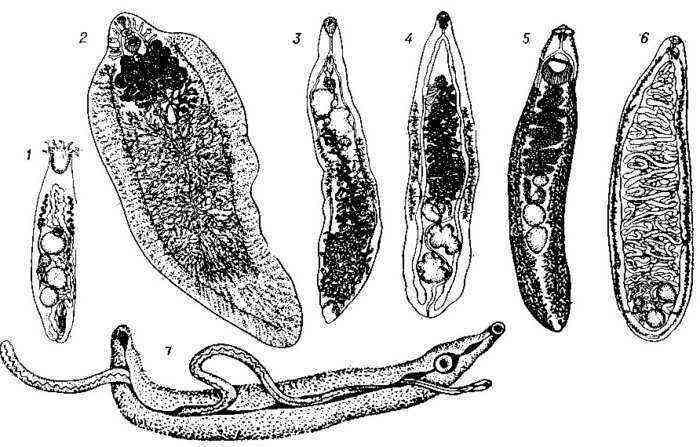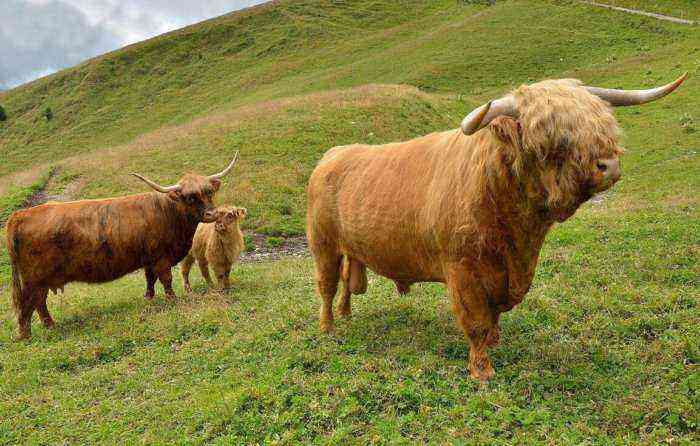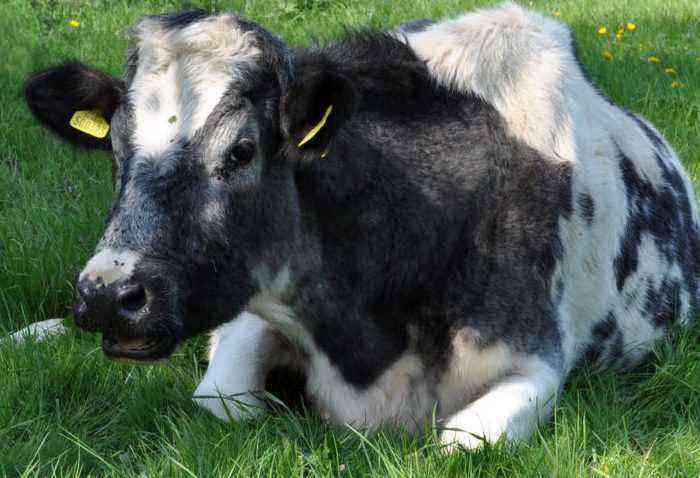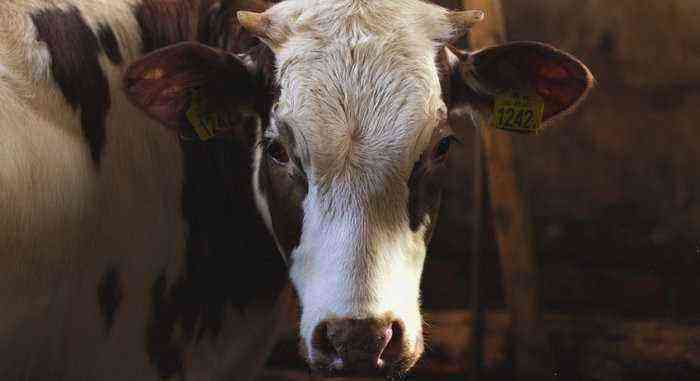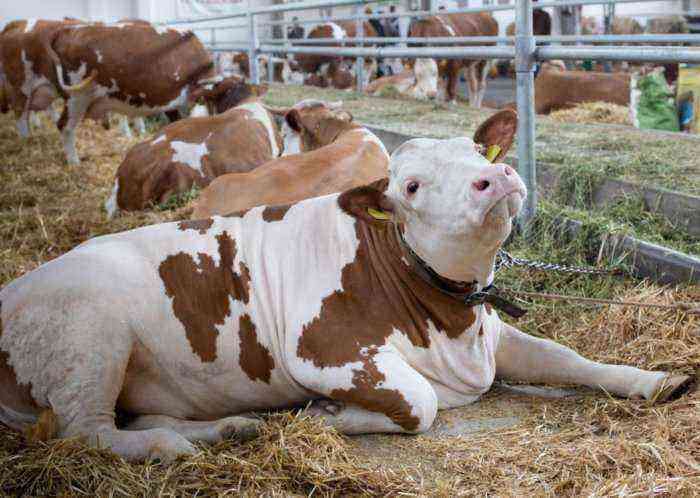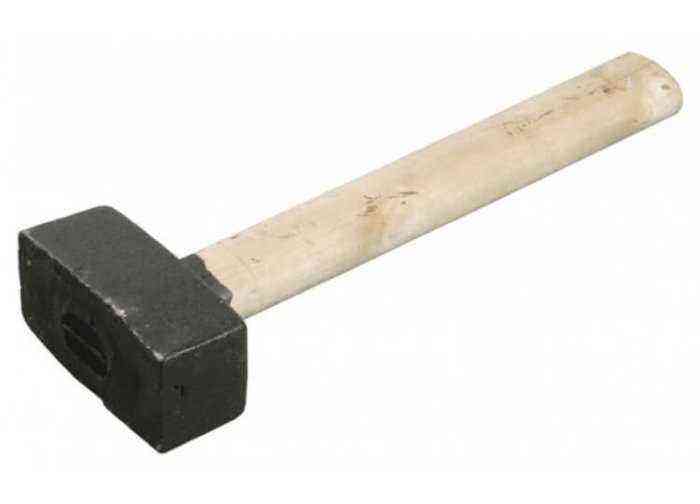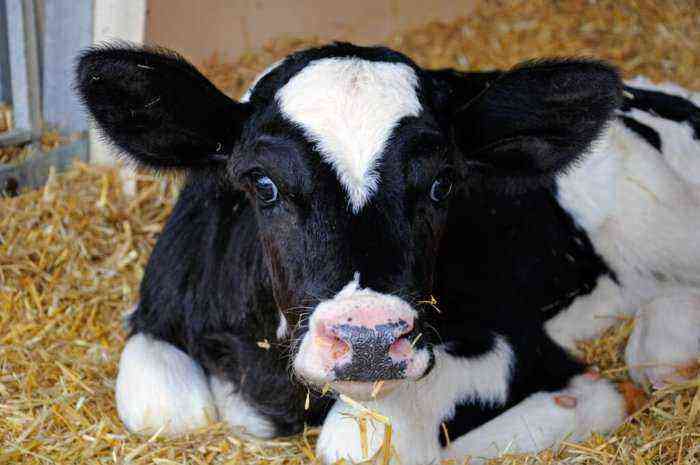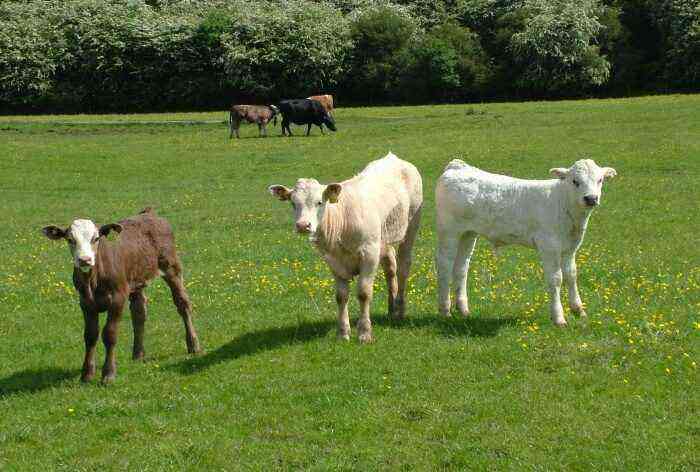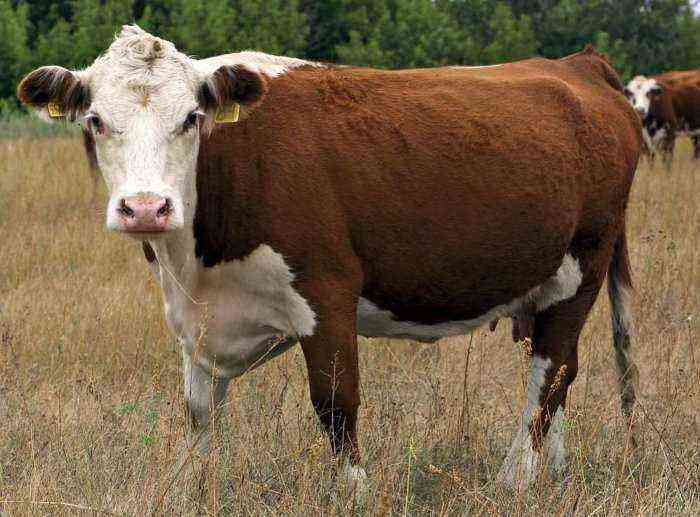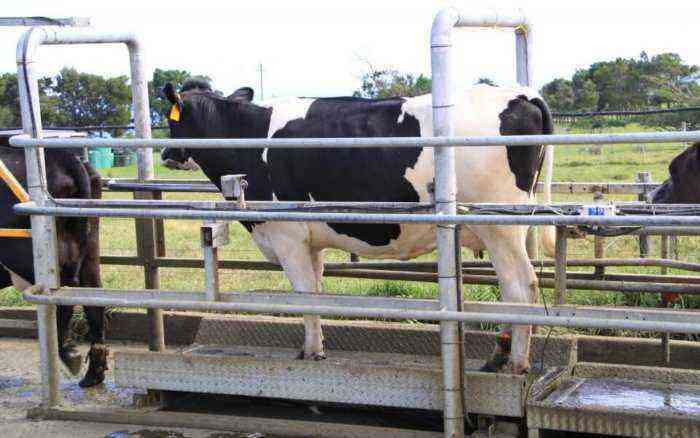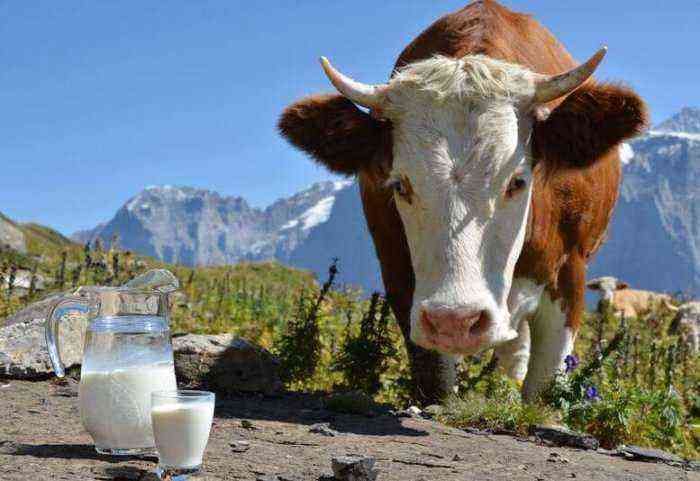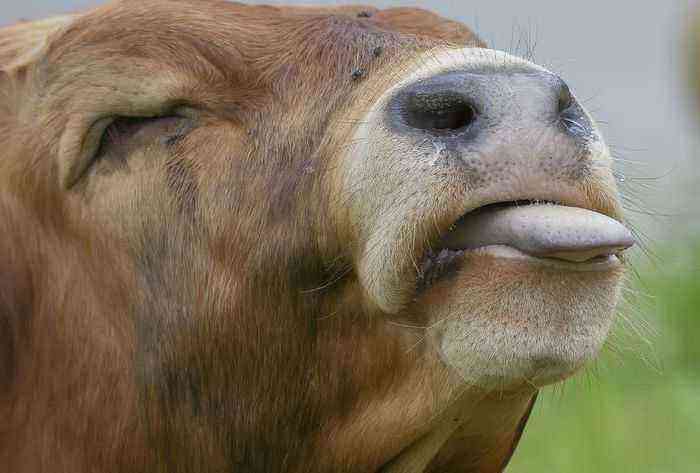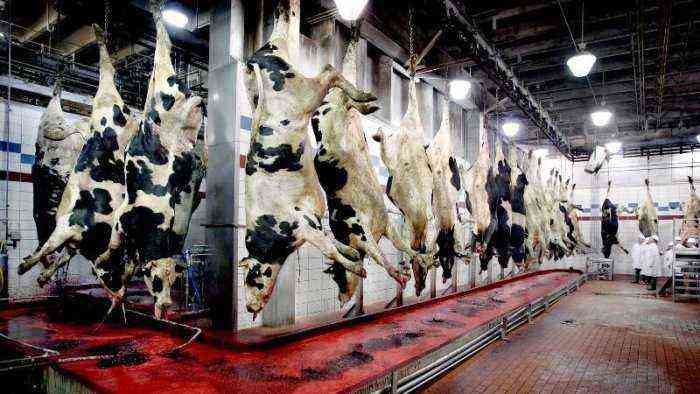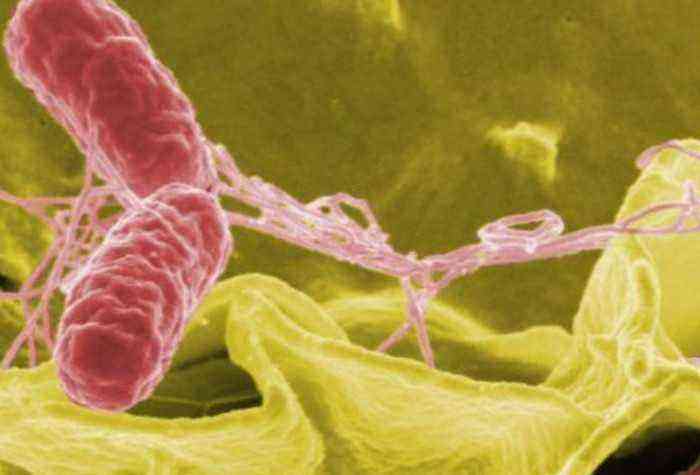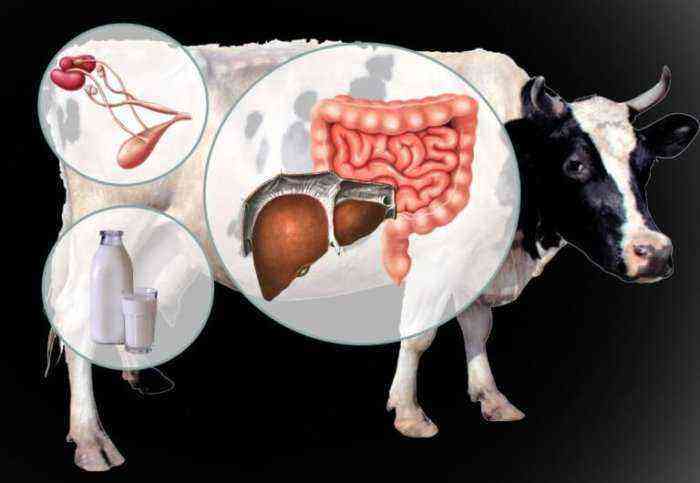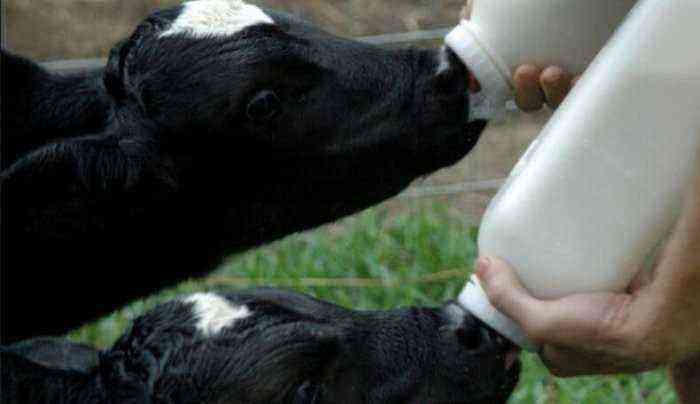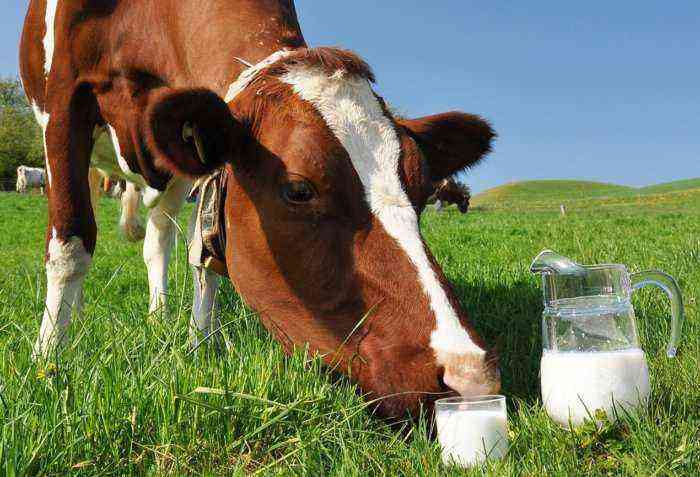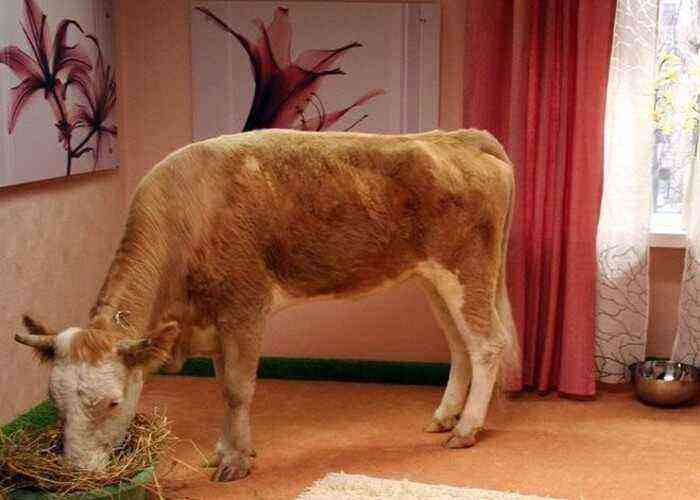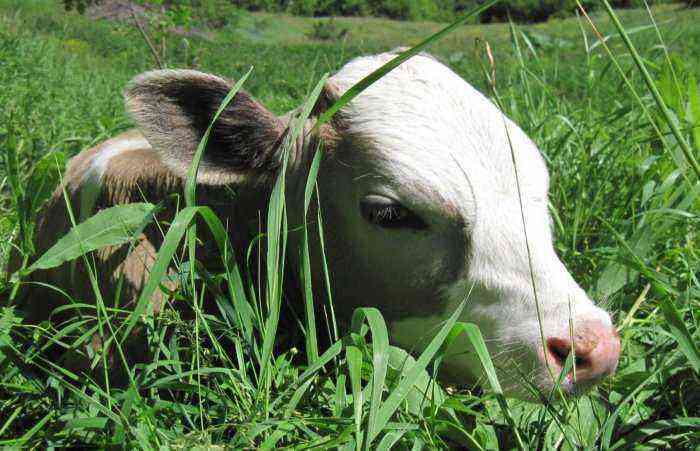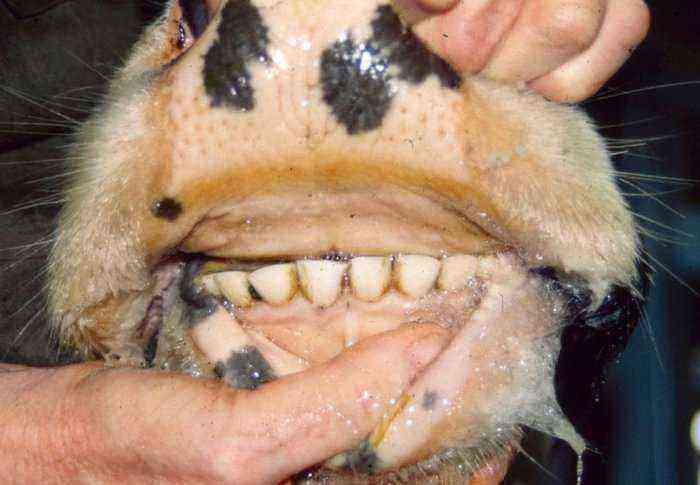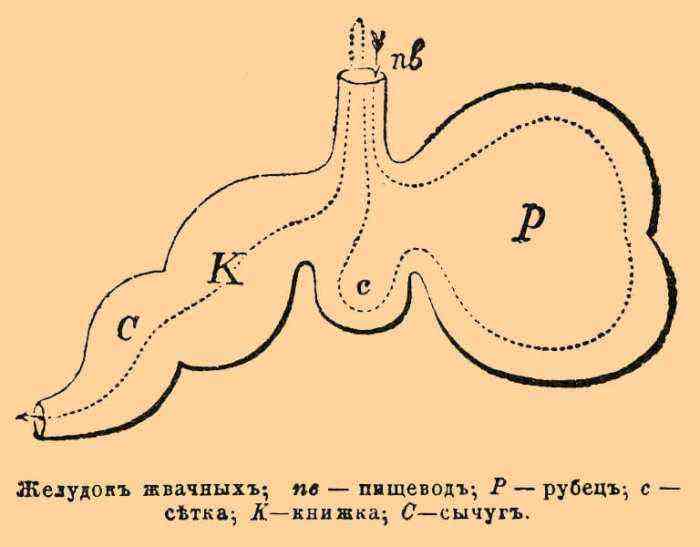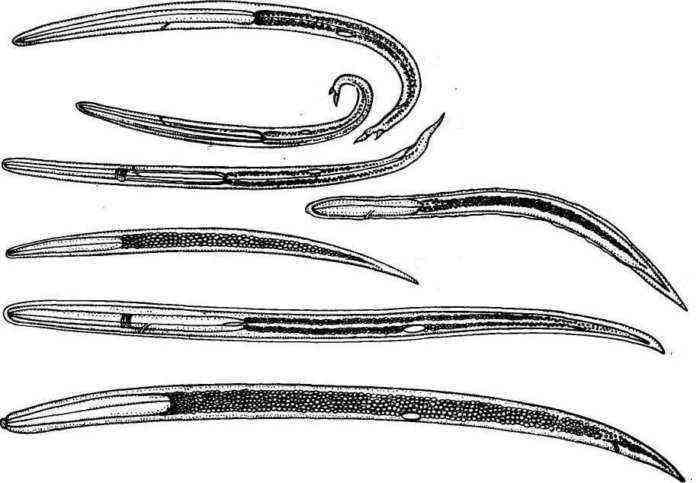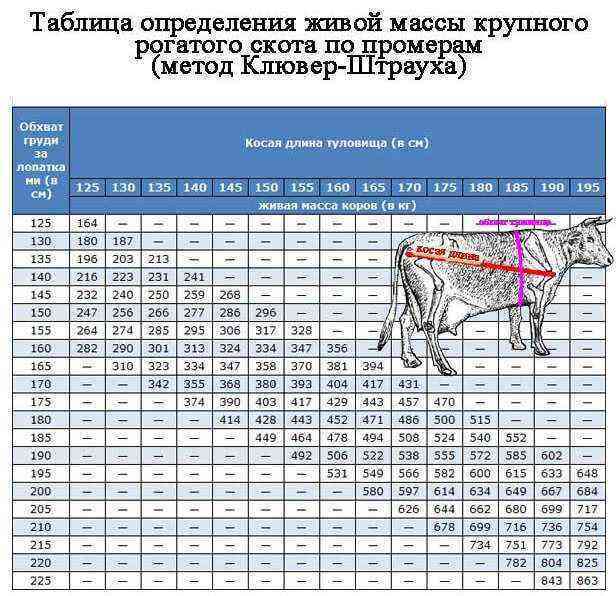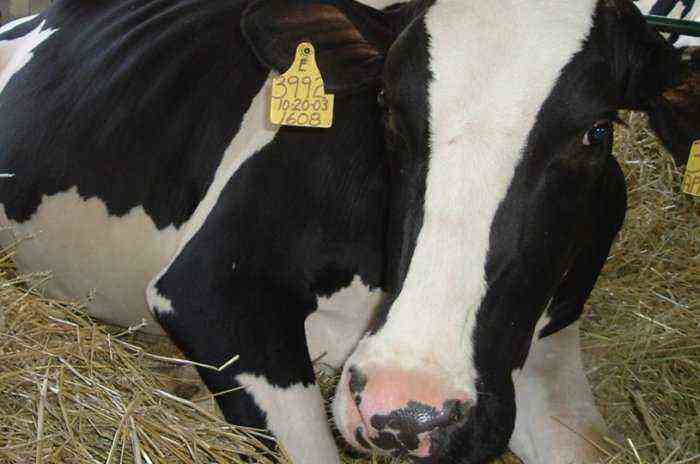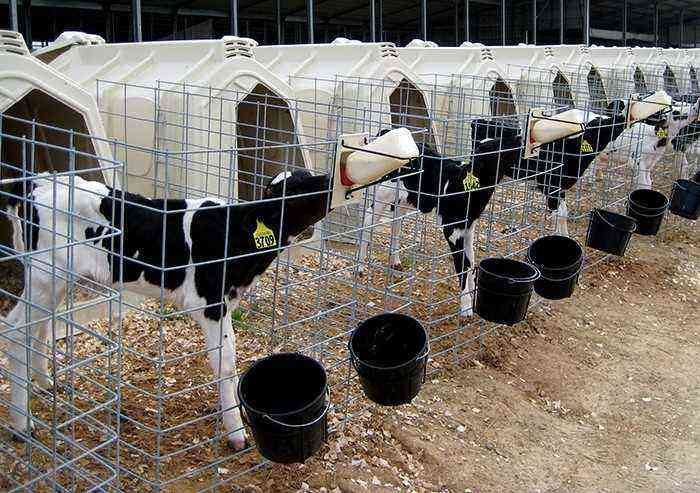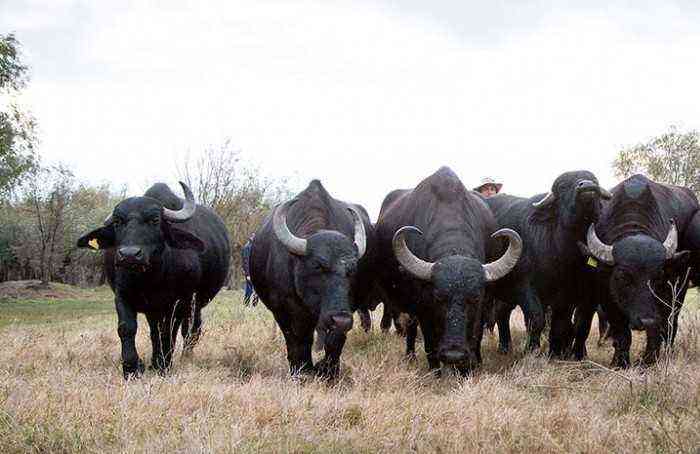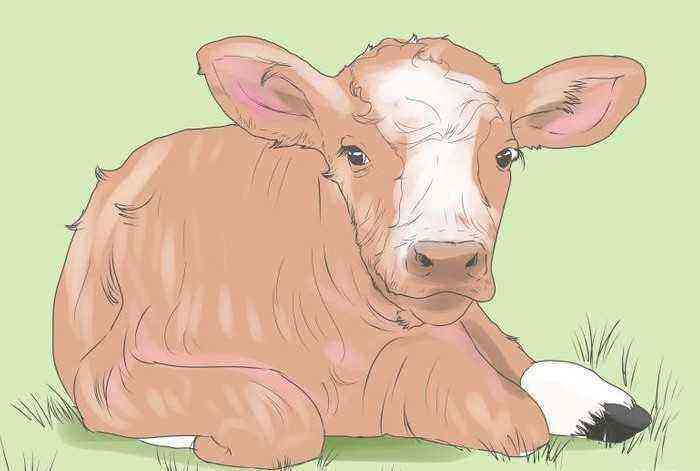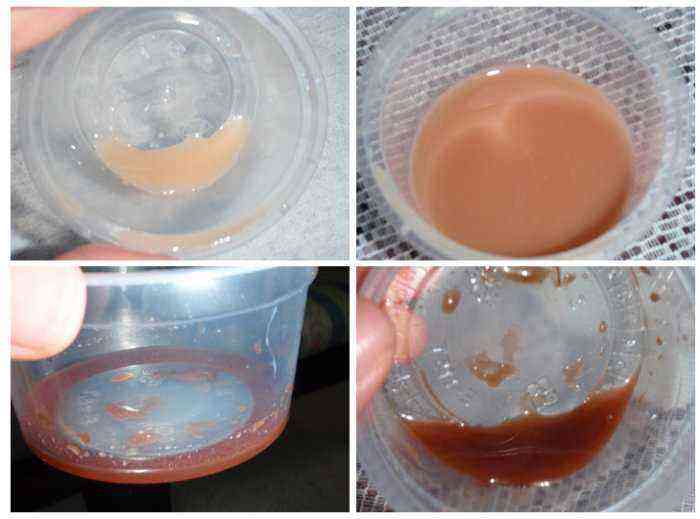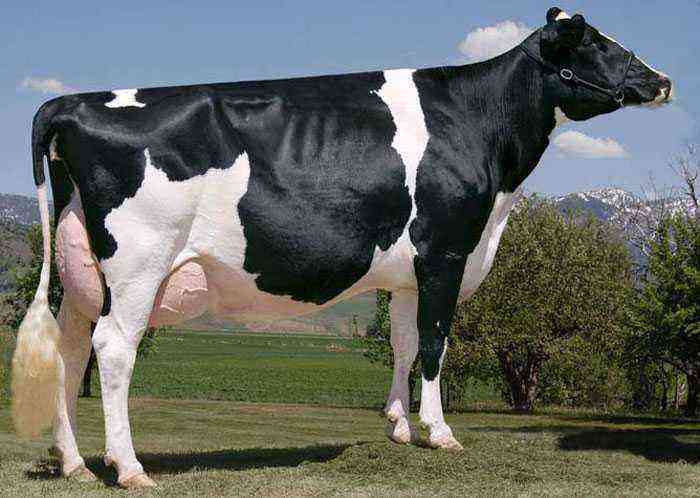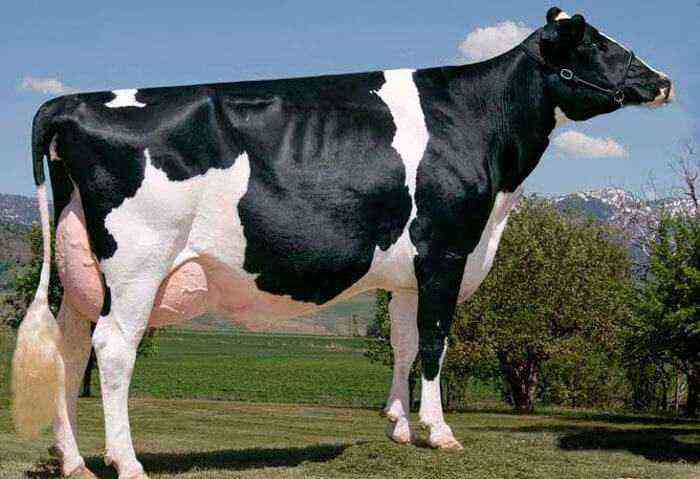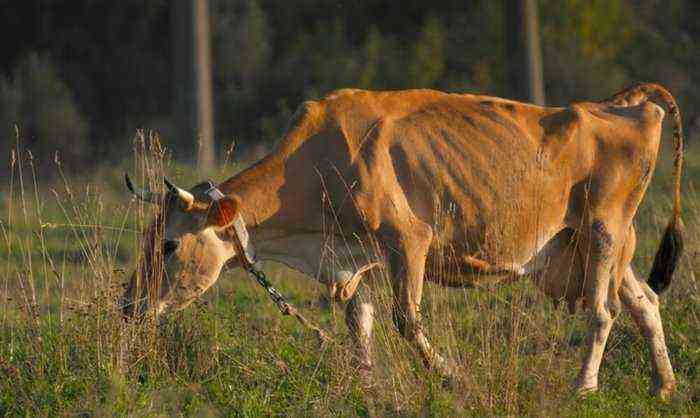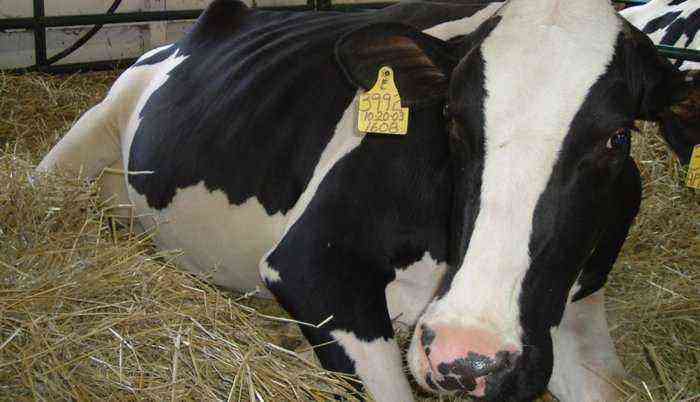The red steppe breed of cows is one of the most popular in Ukraine and the Russian Federation. The goal of the breeders was to develop a breed of cows that would be hardy, unpretentious and with an excellent physique. The breed is actively used in the world animal husbandry, it can be found in Kyrgyzstan, Moldova, Kazakhstan and other countries.
Characterization
Origin
Breeding goes back to the distant 18th century. But the first fruits of selection appeared in the 19th century. The breed was registered in 1923, and at that time breeding took place only on the territory of the USSR.
Since the breeds available on the territory were low-yielding, it was necessary to cross with a breed that had high milk yields. Livestock breeders have different opinions about the origin of the breed and offer several options for crossing:
- A mixture of Franconian cattle with Swiss;
- A mixture of Ukrainian cattle with the East Frisian breed, then re-crossing with the Angeln and other foreign breeds;
- A mixture of local breeds with imported red bulls.
Appearance
Animals are not in vain considered one of the best breeds in Russia, Kazakhstan, Belarus and Ukraine. They have a pretty good feature:
- At birth, bulls weigh no more than 40 kg, while cows are born weighing no more than 30 kg;
- The weight of bulls reaches up to 900 kg, the weight of cows does not exceed 500 kg;
- They have a fairly strong physique;
- Relate to the milk type of productivity;
- The color of the coat is always red, the difference can only be in tones. The spots may be either light red-brown or dark red;
- The neck is rather narrow and long, has many folds;
- Very often, cows have an udder defect, it is uneven.

What does a red steppe cow look like
Productivity
For the type of milk production cows are very good. The average milk yield is approximately 3000-4000 kg. But in breeding farms cows give better results, because their milk yield is from 4000 to 5000 kg, with a fat content of 3,8-4%. There are also record holder cows that can produce up to 12.000 liters of milk, and the fat content of such milk reaches 5%.
The quality and quantity of milk yield depend on pasture conditions and the length of the pasture season. Cows are quite prolific, only from one cow you can get 3-4 offspring within 3 years.
The slaughter yield of cows does not exceed 50%. The indicator can increase if the animal is purposefully fed.
Feeding
The red steppe breed of cows is not very whimsical about food. However, animals need to be fed properly. It is strictly forbidden to feed:
- Cold and ice products;
- Rotten or rotten. If you feed a pregnant cow with such food, the fruits will die.
A good food is any food of animal or vegetable origin, as well as concentrated formulations. In summer, pastures with dense vegetation are an excellent source of food. In winter, in the absence of fresh and juicy grass, livestock feeds on hay with additives in the form of compound feed.
Content
In winter, animals must be kept indoors without a leash. This also applies to small calves. Be sure to have a deep non-replaceable litter and comply with all the rules of cleanliness and hygiene of animals. In summer, livestock can freely graze on pasture areas, but first it is necessary to organize a watering place for animals.
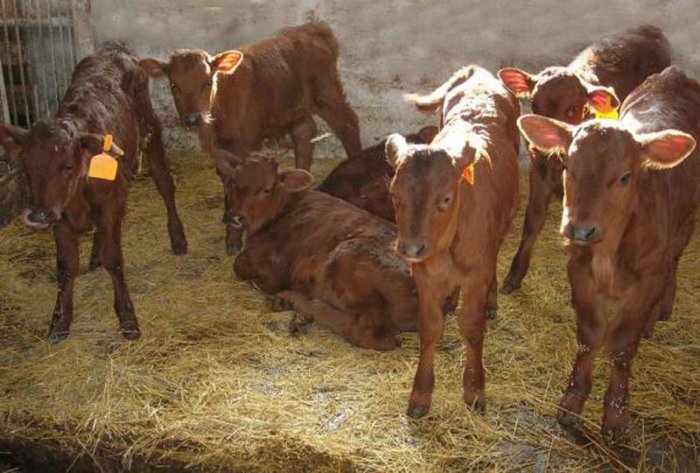
Loose keeping of calves in winter
Cows need to create optimal conditions at any time. Bulls are less picky about keeping, but additional care is also important for them. If you follow all the recommendations for keeping and caring for animals, it will be quite easy to achieve high milk production rates.
Important! From about 3 months to 24 months, the animal may experience a post-milk period. It is at this stage that the farmer must pay enough attention to the growth and development of heifers so that they occur normally. It is also worth shaping milk production.
In order for the animals to always be healthy and not cause problems, it is necessary to take care of them very carefully. You always need:
- To carry out timely prevention of diseases and vaccinations;
- Observe hygiene: wash the udder before milking, brush out the wool;
- Before the start of the pasture season, it is recommended to trim the hooves and horns.
Advantages and disadvantages
The breed is quite popular for a reason. It has its own distinctive features compared to other breeds. Of the advantages of the breed can be noted:
- Excellent acclimatization;
- Unpretentiousness in food and maintenance;
- Nutritious milk of excellent quality;
- Strong immunity that protects against a dangerous disease – leukemia;
- Good endurance;
- Excellent reproductive qualities.
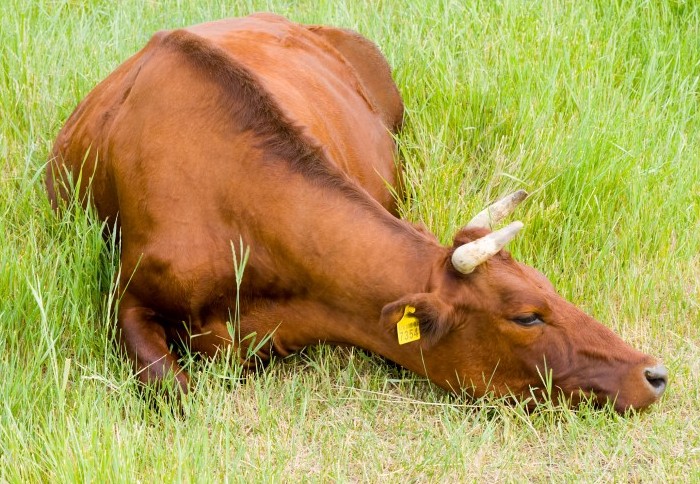
good endurance
Despite the fact that the red steppe cow is very popular and has many advantages, there are still disadvantages:
- Uneven udder, often leading to mastitis if machine milked;
- Rather weak muscles in the lower extremities. It is considered a disadvantage due to the likelihood of injury on a hilly surface.
There are significantly fewer disadvantages than advantages, which distinguishes this breed as the best among others.
If there is a choice in buying a dairy-type cow, then the red steppe breed should be considered unambiguously. Such a cow will be very unpretentious in food and maintenance. The owners will be guaranteed high milk yields and top quality milk with excellent fat content.
